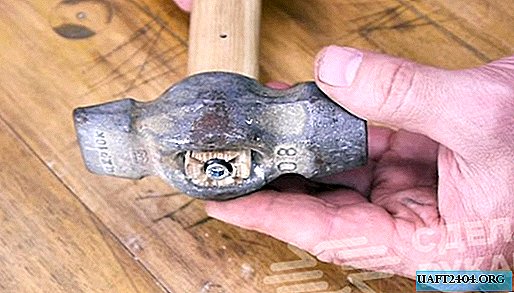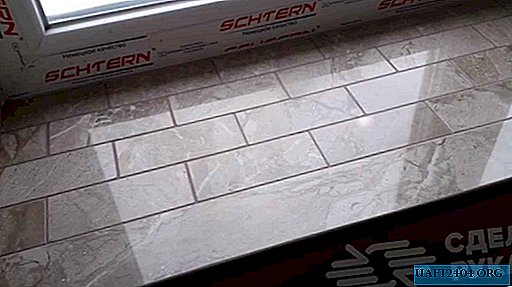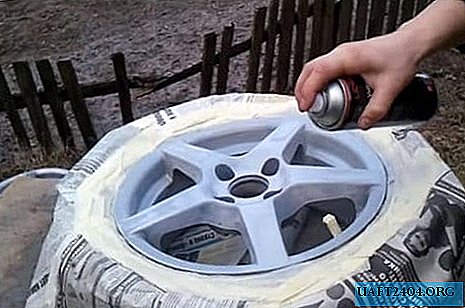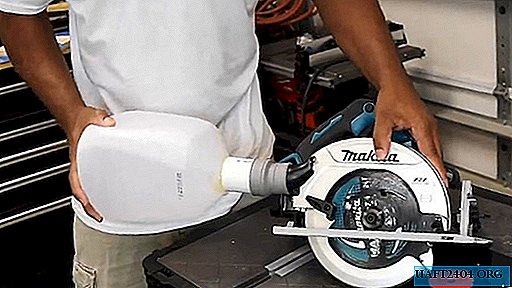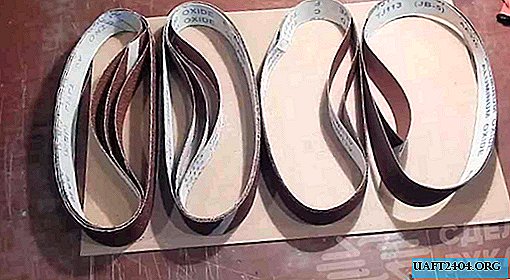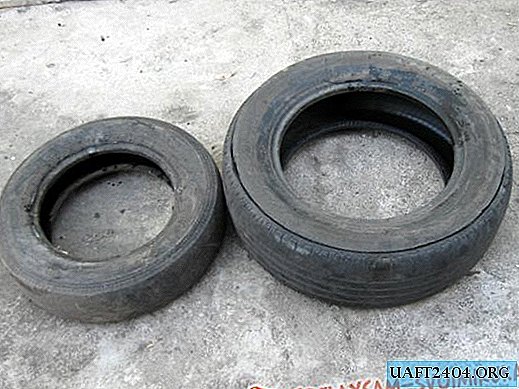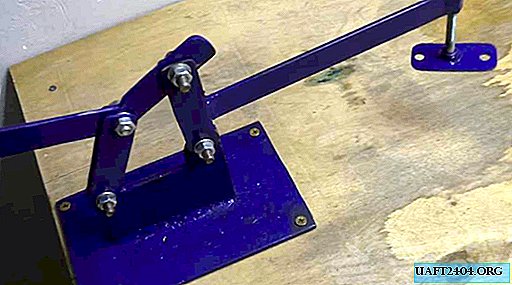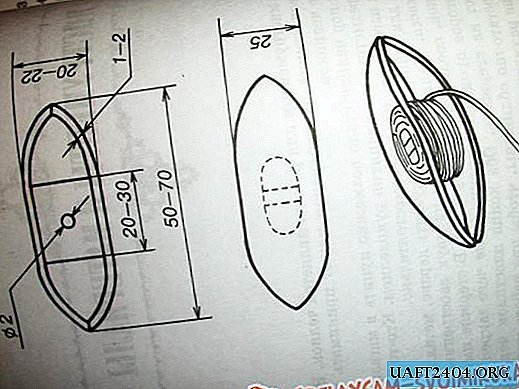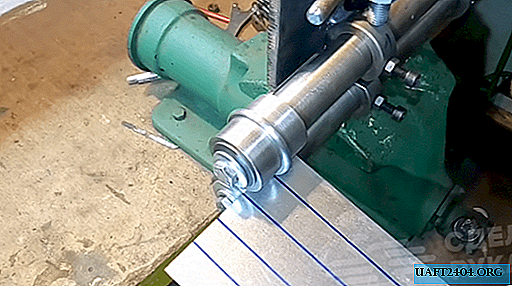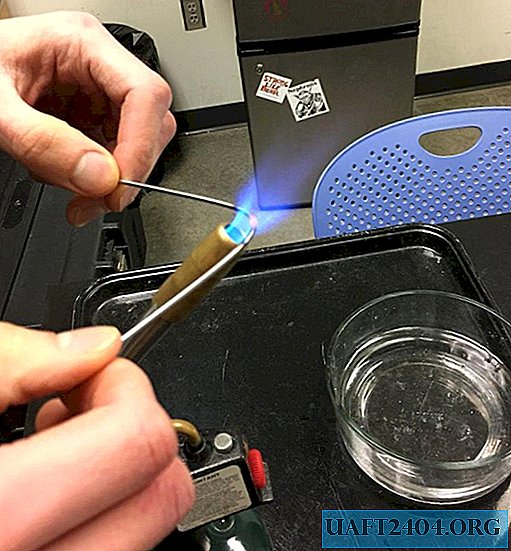
Steel familiar to everyone is an alloy of iron and carbon. Pure iron is malleable and soft, its scope is limited. A variety of steel products and steel products significantly change the hardness and ductility during various heat treatments:
- Steel hardening consists of heating to high temperatures and rapid cooling in oil or water. This results in a strong but brittle steel.
- Steel tempering is the opposite process, characterized by slow cooling after heating.
Proper hardening and tempering of the steel product allows you to get a "middle ground" or a material with increased strength and hardness. Heat treatment allows steel to bend before breaking and not break in a brittle manner, which can be useful in many products.
Steel has alloying components; a different composition leads to the fact that alloys may require different heating times and temperatures. As well as various methods (speed) of cooling.
Materials and equipment
To conduct steel hardening experiments, we need:
- gas burner or blowtorch;
- two rods made of steel grade 1040 (Russian counterpart: Art. 40, or Art. 49G);
- water tank for hardening.

Security:
When conducting hot work, additional steps must be taken to ensure proper safety. Heating steel with an open fire blowtorch will require personal protective equipment (gloves and glasses). In addition, a fire extinguisher, a bucket of water and a nightmare (sheet asbestos) will be required.
Steel quenching
Once again we check the availability and serviceability of fire-fighting and personal protective equipment. Getting started:
Bend our rods in the form of the letter "U".

Turn on the gas and light the gas burner. Make sure the torch is pointing away from you. Make sure that no one else is within 1 meter of the torch while it is burning. Have a fire extinguisher nearby in case of emergency.

We put the curved part of the rod "U" in the hottest part of the flame, holding the two ends of the steel rod.

The hottest part of the flame is a small cone about half the length of the torch. Make sure that you rotate the rod while it is being heated by the flame, this ensures uniform heating. At the point of greatest heating, the restructuring of the atoms of iron, carbon and alloying components begins.

When the rod, at the place of heating, becomes a bright orange color, remove the rod from the flame and quickly dip it into the water inside the container, as shown in the photo (called "extinction"). Quenching reduces the movement of atoms, and can be illustrated as a “freeze" of steel atoms in a new place. At this moment, the atoms are in an unstable position.

Repeat steps 3 and 4 with a second steel bar.

Take the second steel rod and harden it by heating with a torch for 10 seconds. Do not temper the first steel bar! Having placed it in a container with water, we make secondary hardening or thermal tempering of steel. This allows metal atoms to "relax" and settle in a more stable position.
We straighten both rods to illustrate the difference in mechanical properties. The first rod (a rod that was not secondarily hardened) will be very brittle and will break, since the atoms are not in a stable position.

The second rod, which has been reheated and hardened (released) a second time, will bend, but the “U” shape will remain. Since this rod was hardened and tempered, the atoms were allowed to “relax” to a stable position, the material became stronger and tougher without losing resistance to deformation.

Findings
This example of the simplest quenching and tempering of low alloy carbon steel showed the possibilities of heat treatment and its effect on the physical properties of the metal.
Original article in English

